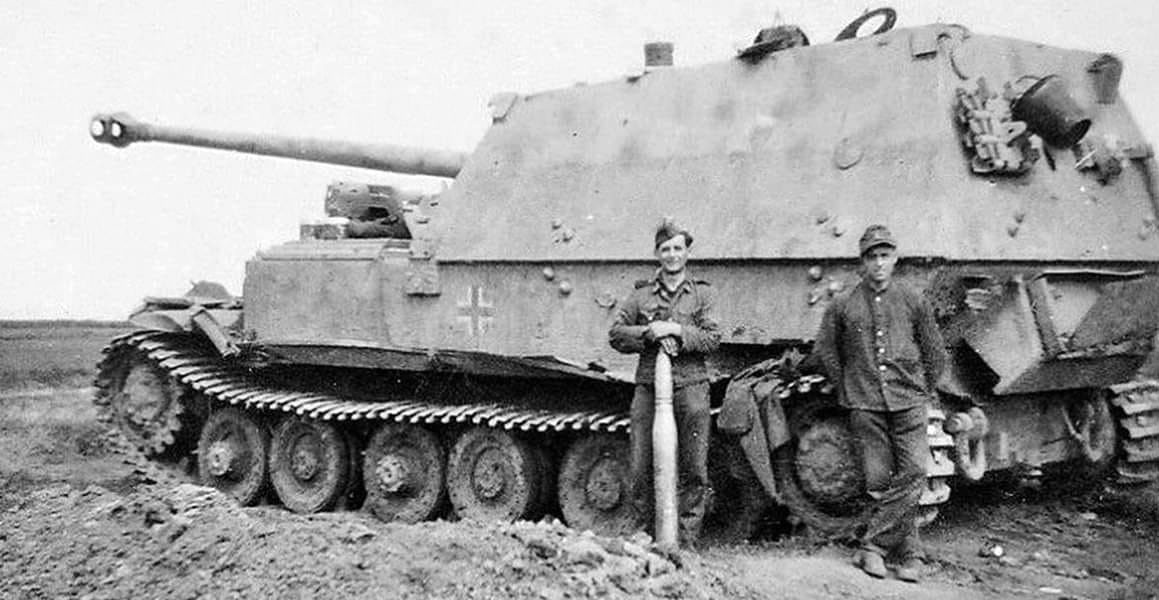


The modular, multi-purposed vehicle intends to provide support for dismounted troops in the shape of a transport platform, remote weapon station, IED detection and a UAV carrier among others. Most recently an Estonian defence firm, Milrem, launched the world’s first modular unmanned ground vehicles (UGV) doubling as a tank-destroyer. This could be a similar situation to the Sprut, though I know very little about Russian military doctrine.Īnd again, if the Russians want to call the 2S25(M) a “tracked attack helicopter”, then it’s a damn tracked attack helicopter.While the implications of robotic military vehicles on human society are yet to be fully realised, the technology is here and probably have been for longer than we think. Just as the M18 and M36 have less armor and (at least the M18) had a weaker gun than the biggest opponents they faced, they were still highly effective due to how they were used. The Sprut was made to engage enemy tanks (and anything the infantry couldn’t do already), and it most likely can attack 3rd gen MBTs effectively (Challenger 2, Leopard 2A4, M1A2, etc.), especially if the M version has the T-90A loader, and this is due to tactics. vehicles being anything from a Toyota Hilux with an M2HB, to a fully fitted M1A2C.Īlso, “made to do X” and “it can actually do X” are 2 totally different things see Afghanit APS (the T-14 as a whole is kinda weird, but I do hope they can get it to work). I have to disagree the Sprut (as stated above, by Loooser) was created to be an amphibious (and air dropped?) vehicle that can engage and defeat enemy structures and vehicles. The thing is that some people believe that Sprut was made for destroying MBTs, but it wasn't (this fact is mentioned in the article I quoted). It's good that in other countries light tanks are not called "tank destroyers".


 0 kommentar(er)
0 kommentar(er)
